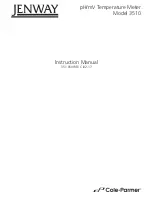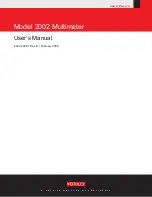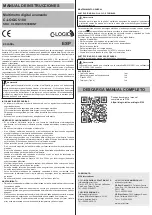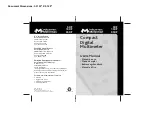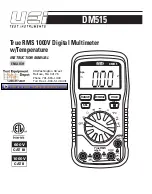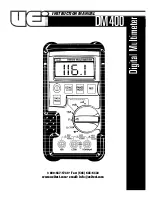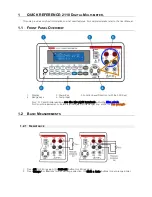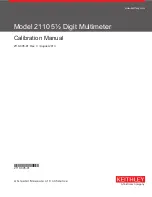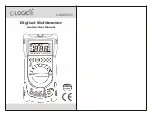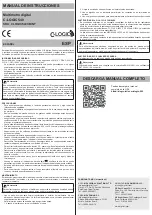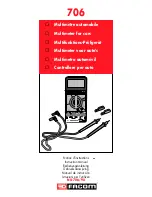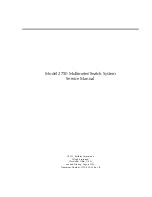
57
56
DO Probe Care
The probe is a galvanic measuring element which
produces an output proportional to the oxygen
present in the medium in which it is placed.
The galvanic probe design lets you take measure-
ments immediately—without the typical 15
minute wait of other dissolved oxygen probes.
The probe consists of two parts:
• an upper part consisting of an anode,
a cathode, and cable
• a lower part consisting of a membrane cap,
membrane, and electrolyte solution.
Under typical operating conditions, the probe
should last for several years.
Proper care and
maintenance will help you receive the maximum
probe life and ensure more accurate readings.
Since any deposits on the membrane surface act
as a barrier to oxygen diffusing through the mem-
brane, the membrane must be cleaned at regular
intervals to assure maximum reliability.
After using the probe, rinse the probe in clean
water and wipe it with a soft cloth or paper to
avoid any hardening of deposits. If growth
develops on the probe, use a disinfecting
chemical to clean.
NOTE:
Although the membrane is strong and
not easily damaged, wipe it gently while
cleaning it. If the membrane is damaged
or torn, the probe will no longer function.
There are no special probe storage requirements.
9. Probe Care and Maintenance
pH Electrode Care
Since your pH electrode is susceptible to dirt and contamination, clean it every one
to three months depending on the extent and condition of use.
NOTE:
for specialty electrode care, consult the instruction manual included with
your electrode.
pH electrode storage
For best results, always keep the pH bulb wet. Use the rubber cap filled with
OAKTON electrode storage solution to store your electrode (see page 64-65 for
ordering information). Also, you can store in a pH 4 buffer with 1/100 part of
saturated KCl. Other pH buffers are OK for storage, but NEVER use distilled
water for storage.
After measuring
1.
Rinse the pH electrode and reference junction in de-ionized water.
2.
Store the electrode as recommended above in “pH electrode storage,” or as
recommended by the manufacturer.
3.
Prior to next use, rinse the liquid junction with de-ionized water and tap dry—
never wipe electrode.
NOTE:
If this does not restore electrode to normal response, see “Reactivating the
pH electrode” section on page 57.
pH electrode cleaning
Salt deposits:
dissolve the deposits by immersing the electrode in tap water for ten
to fifteen minutes. Ten thoroughly rinse with distilled water.
Oil/grease film:
wash electrode pH bulb gently in some detergent and water. Rinse
electrode tip with distilled water or use a general purpose electrode cleaner (see
page 65 for ordering information).
Clogged reference junction:
heat a diluted KCl solution to 60 to 80°C. Place the
sensing part of the electrode into the heated solution for about 10 minutes. Allow the
electrode to cool in some unheated KCl solution.
Protein deposits:
prepare a 1% pepsin solution in 0.1 M of HCl. Set the electrode in
the solution for five to ten minutes. Rinse the electrode with distilled water.
9.1
Reactivating the pH electrode
If stored and cleaned properly, your pH electrode should be ready for immediate
use. However, a dehydrated bulb may cause sluggish response. To rehydrate the
bulb, immerse the electrode in a pH 4 buffer solution for 10 to 30 minutes. If this
fails, you probably need to replace the pH electrode. Never touch or rub glass bulb.
Contact builds up an electrostatic charge.
Anode
Membrane cap
(holds membrane
and electrolyte
solution)
Probe
guard
Cathode
9.2
























